Search the Community
Showing results for tags 'cleaning and selling'.
-
Is there a cost savings trick to selling a detector on eBay? The fee they charge seems pretty high.
-
Hi all, sorry if this is sort of off topic. Admin feel free to delete. Does anyone here regularly sell gold to gold buyers who use an XRF scanner? I'm wondering if you have the same experience as me. I sell somewhat often to a guy in town who has a dedicated store to buying and selling bullion. They buy scrap gold and refine it back to bars/coins, etc. and resell it. They have a very large franchise which spans to the big cities. I'd say almost 99% of what I sell to them, is not what is stamped on the ring/pendant. I always thought there were very strict assay/hallmarking laws on gold jewellery and they had to be exactly what they state? I will take in, for example, a 9ct ring. Most times he will show me the XRF and it shows that it's closer to 8ct, 7ct, etc. Sometimes as low as 3ct gold. He wont buy it if it shows less than 6ct, however the one in the city does, but they don't show you what it scans as. I've taken in some gold before, where the previous employee said "oh, no, it's scanning as x'ct/not gold, we don't want it.". I knew for a fact it was gold. Y'know, when you just know? so I took it back a year later to a different employee at the same place who said oh yeah it's x'ct, we'll buy it. I've acid tested rings which were stamped as 9ct, and held up to 9ct acid, to which I was told was 3-4ct. Same goes for any other gold really - 18ct is often only, apparently, 16/17ct, sometimes as low as 11-13ct - more often than you'd think. I've only had 1 ring EVER that was stamped and came in higher, which was a Georg Jensen ring. It was stamped 750 but came in as 19ct. If it makes a difference, they use a Niton scanner, I think an XL2. I wonder if this is normal? or if it's possible they are calibrating their machine to be less sensitive on gold? If it was a once off here and there, sure. But this seems to happen a lot. The only other reasonable explanation I can possibly think of, is that these rings are made in bulk and they're just recycling the scrap gold, to which gets less and less pure over time? Not sure if this is right or not though.
-
Any suggestions on the best over the counter chemical to clean up gold/quartz specimens?
-
I just received this email, Is this a safe sort of thing to clean silver coins with without damaging them? If so, pretty cool. I've often considered a very soft toothbrush but didn't want to cause damage so I just take them home and rinse them under water and that's all I've done in the past. A NEW Accessory🚨 The new "Garrett Keeper Cleaner Brush" is a multi-purpose cleaning tool that will help you remove dirt and other materials from relics and coin finds in the field. Details: -Soft Brush -Hard plastic scraper head -Two plastic cleaning picks Grab a brush today and clean your bucket list items!
-
An ignorant question: for small gold nuggets, is their value strictly the value of the gold they contain or do they carry some premium for being a natural nugget or having a rare shape/composition or perhaps something else?
-
I've learned the hard way that using water with any type of abrasive process (even rubbing with your fingers and water) to clean copper/bronze coins and relics is often a mistake as it tends to destroy the natural patina and you often end up with an orang'ish pitted/splotchy relic or coin. For things like buttons, I no longer use water, if there's gilt left I'll try lemon juice, but if it has crud, I'll use Naval Jelly. Has anyone tried any of the Andre Le Crayon products? Please by all means share any successful processes your found to restore your dug relics and coins ?
-
Found a nice 15 g silver necklace. It is a bit delicate so I'm surprised it came out in one piece. Before cleaning After several cycles of baking soda, salt, thick aluminum min-pie tin.
-
Hit local park before the blistering cold comes and came across this ring I thought was kiddie bling as you can see the plating on it but I saw a 925MO and it rang in like a silver. Acid test was bit off on Silver and Platinum test passed but I doubt it was platinum as it rang in up in the silver range. Turns out it was platinum plated silver with moissanite stones. Large one is 8mm and retails just under $800. Not bad for what I thought was junk.
-
We all know if and when we buy anything it’s a loss to us because the dealer took a profit. That automatic lowers the value of the item we just bought. The problem for me starts when the price is lowered by the company on the detector I just bought . I just trying to combat this problem of taking of a large loss to a small one. Right now I have a detector with extra two small coils was 1200.00 but if I was to sale I could take a 50 % loss . Now what I’m thinking is if I start buying a lower end detector that offering as much as the high end one. One of the ones I’m talking about is about 600.00 . Even if I take a hit like the high end detector my loss is lots less . I don’t plan on taking a loss to buy another of less price but I will put my thinking cap on before making my next buy . Chuck
-
I just uploaded a video detailing Hydro-Shocking the gold/quartz specimen from my last video. If you have any questions either drop them here or on the comments in the video and I will answer them. The next video will be showcasing the specimen after Hydro-Shocking and conducting a continuity test on the specimen to determine what visible gold is connected throughout the specimen.
-
Hi Everyone, New to detecting ? hope you are all doing well. What's the best/most lucrative way to sell jewelry? - Gold rings - Diamond rings - Silver? Do you sell to a jeweler or privately? Just curious. Thanks for the tips and good luck out there.
-
I've been hoping for a situation like this to come by, and I finally had the chance to do this. If you have the room for this, I find it's the best way to store and also display finds. This unit was used by surveyors to store their diagrams and maps. I happen to ask one of them while in their office if they had any old or extra cabinets. They had one that was blocking an isle and the guy said "you want that one.... I'll help you load it right now". I declined on the "right now" part because of the size and weight, but returned with an appliance hand truck and a very sturdy ramp. Popped it up on the truck, brought it in the house, almost killed myself trying to get it down the cellar stairs ? and here it is.!!!! I've never had a good way of displaying my Riker display cases, since they take up so much desk surface area, but here they are hidden in narrow drawers, but also very accessible. So it's worth a try and approach surveyors. You probably won't get lucky and get them for free, but maybe at a reduced price. Now, I just have to take the time and fill more relics in my cases. ?
-
Anyone know the best bang for the buck for weigh scales, from experience? I’ve been looking at re-loader scales.
-
The weather the last couple weeks where I live in Colorado has decided to remain cold and snowing leaving very little opportunities to go detecting even though spring is just around corner. I usually take this idle time to catch up on cataloging and photographing gold specimens that I’ve cleaned. Here are some recent examples of mother nature great works:
-
-
Here are a few fine jewelers making some natural gold into some high class pieces. https://www.townandcountrymag.com/style/jewelry-and-watches/a38660539/contemporary-goldsmith-jewelers/ You could make a few of these yourself or you could contact some of your local jewelers (or distant ones) and offer some of your nuggets with character and spirit. It could be very profitable.
-
When I find a gold specimen like this, I usually don't get too excited about cleaning it. One of the main reasons is this type of gold specimen when going through the cleaning process will lose some or all its shape and character resulting in a disappointing specimen and reducing the value which in most cases it would be better to leave the specimen in its originally state. I decided to gamble and see what it's true potential might be for aesthetic and value. This gold specimen before going through the cleaning process weighed in at 55.1 grams. You can see the gold has permeated throughout the host rock and no visual indication if the specimen will hold its shape and character. In the final cleaning process, I did leave some of the host rock for stability as the specimen would have become too fragile by removing all of it. The gold specimen after going the cleaning process lost 5.57 grams of gold resulting in the specimen now weighing 28.43 grams. Sometimes you must gamble.
-
-
In the latest Miners Den News letter. It might not be suitable for most countries ( partially NZ Simon ?) as it only goes down to 0.1 grams it could be used with the 6000 if you get a heap of little bits ?. My only fault is it's upper limit is just over 96 troy ounces which in Australia means it can't not weigh any found above 100 ounces. ?
-
We've had many threads in the past that show auction sites for buying and selling natural gold and minerals. I know there are 'go to' places out there where you have bought and sold. The pictures they have of gold can be enlightening about where to look for gold. Now that the price of gold is up you may want to look into your collections and get some cash. I saw a recent post that said someone sold their gold in Quartzsite. Who is the buyer there? I've heard other people say they need to drive to Phoenix to see gold found in Quartzsite. Does anyone trust someone by mail? Here is a place that displays Northern Nevada gold. I don't know anything about them other than this link. https://northernnevadagold.com/en/ Here is a place that you can sell high end gold and not have to wait for an auction. I have been to their store in Laguna Beach, seen them at shows and know some prospectors here have sold to them. https://kristalle.com/product-category/gold-gallery/
-
Sold our gold bug 2 in one day on craigslist yesterday....got 3/4 what we paid originally. Was going to sell the Zed...could have sold it as well on the first day but then I chickened out...there are hardly any new or used detectors available right now on the internet...out of stock is what I'm seeing. even the small coil for the nox is hard to come by. Am I missing something here? Strick
-
Here are the results on the four gold specimens from the post "Cleaning Gold Specimens - Step By Step Methods". Specimen A: \ Specimen B: Close up photos of Specimen B front and back: Specimens C: Specimen: D
-
PART ONE: Pictured below are four gold specimens that I have found and I will discuss what methods I use to remove the host rock revealing mother nature's treasure. I gave each specimen a "letter" designation so you can follow the progress from start to finish on each specimen. Part Two I will discuss the chemicals and equipment I use to clean gold or mineral specimens.
-
By using $1800 for gold and $28 for silver as a base a common dime would have a value of 2.02 and a .6 grain (not gram) nugget would have a value of 2.02 if it was at 90% purity.If you want to know the silver amount of a common dime multiply .07234 times the spot price of silver.A .6 grain nugget is tiny. I would rather find a nugget then a silver dime any day unless it is a very rare silver coin.I imagine you nugget hunters stumble on to a nice coin now and then.I heard Tom Massie found a $20 gold piece when he was nugget hunting.I hope I did my math right.Even with copper surging to $4.06 today a common dime only has .27 cents of copper in it.

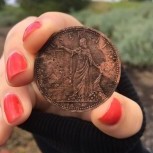


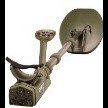


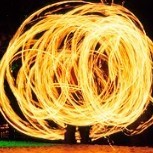
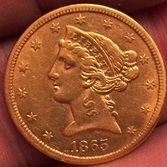

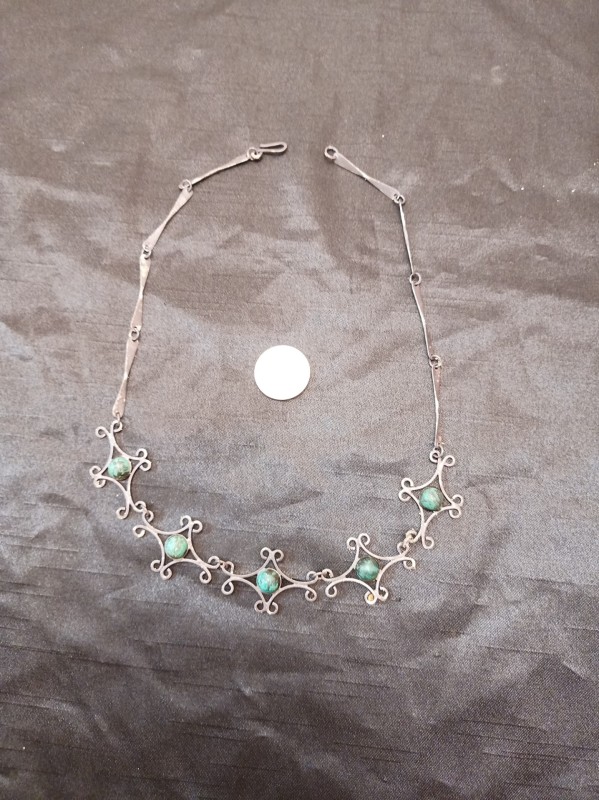
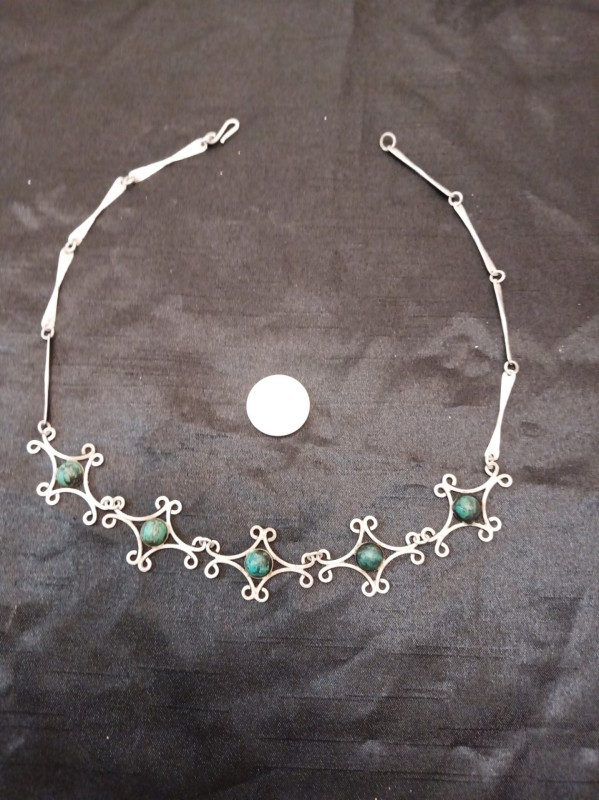
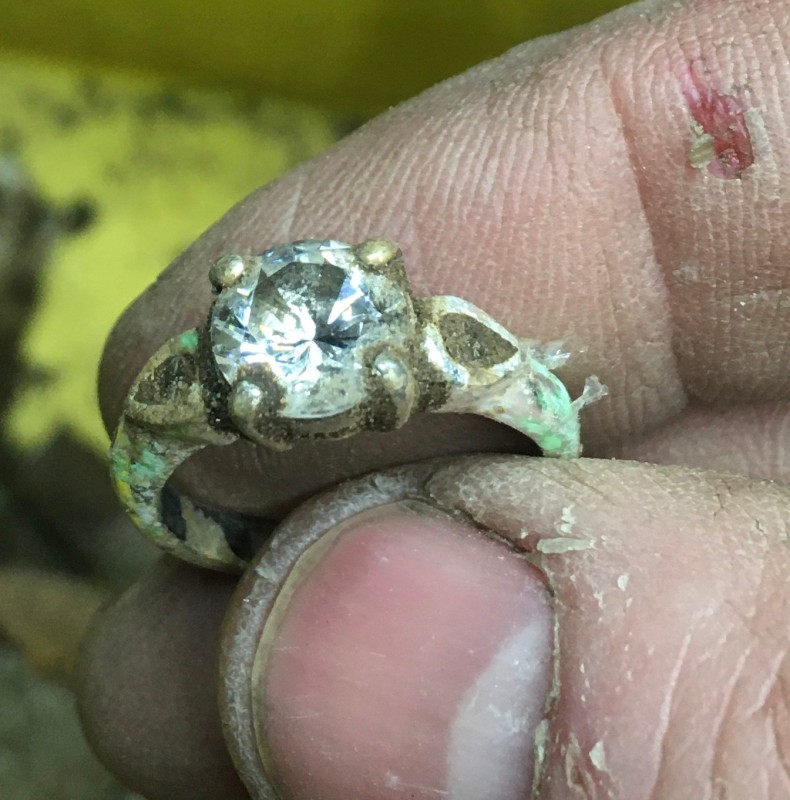

.thumb.jpg.008984156b596a0063f90b0d7fbc295b.jpg)
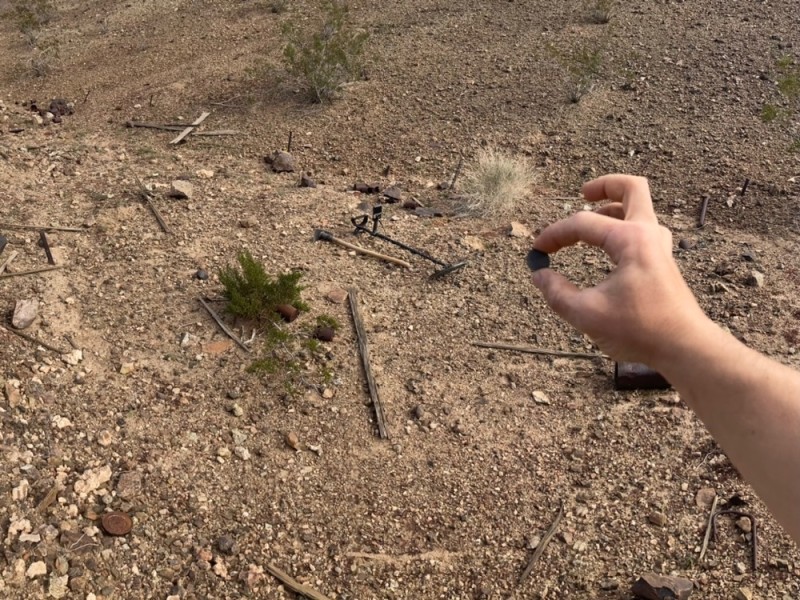
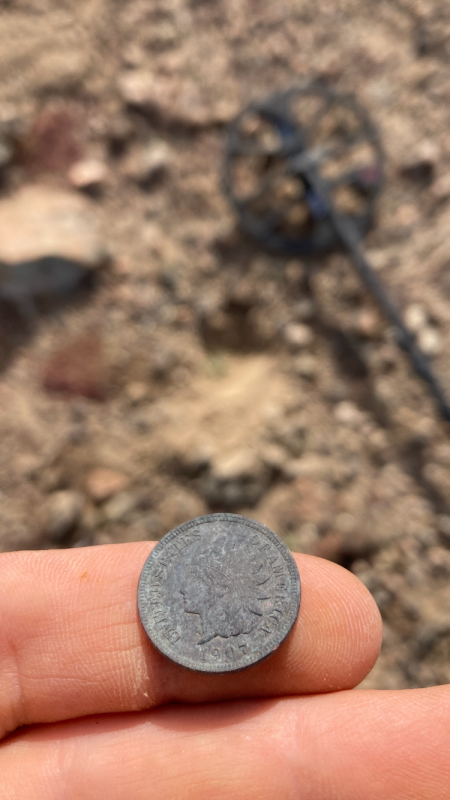

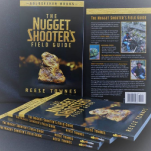
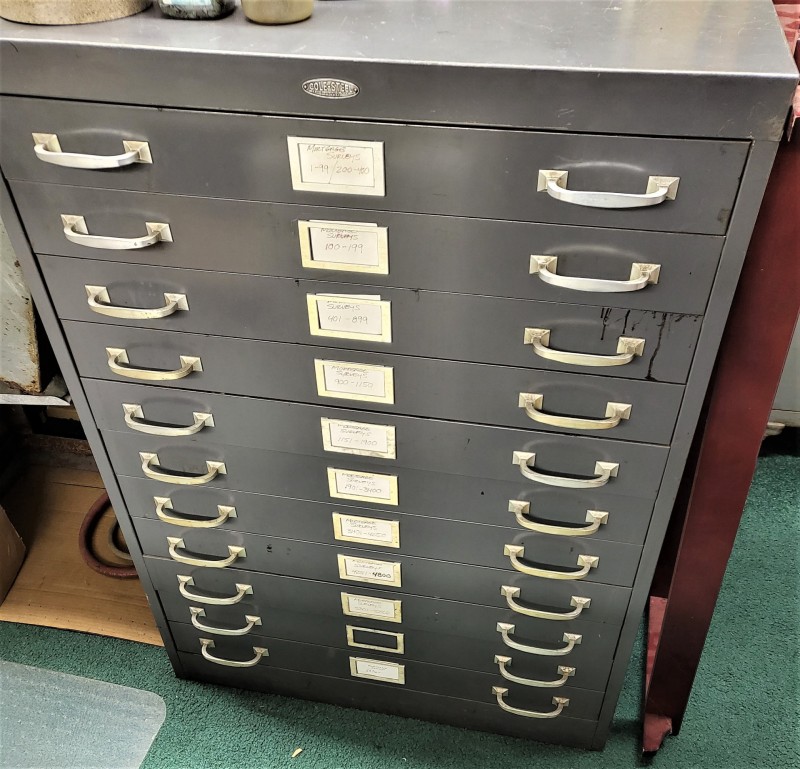
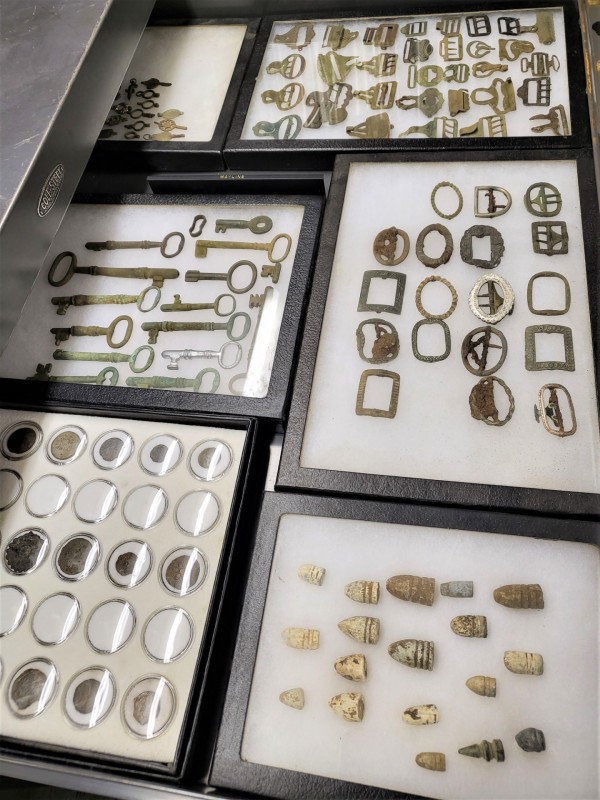


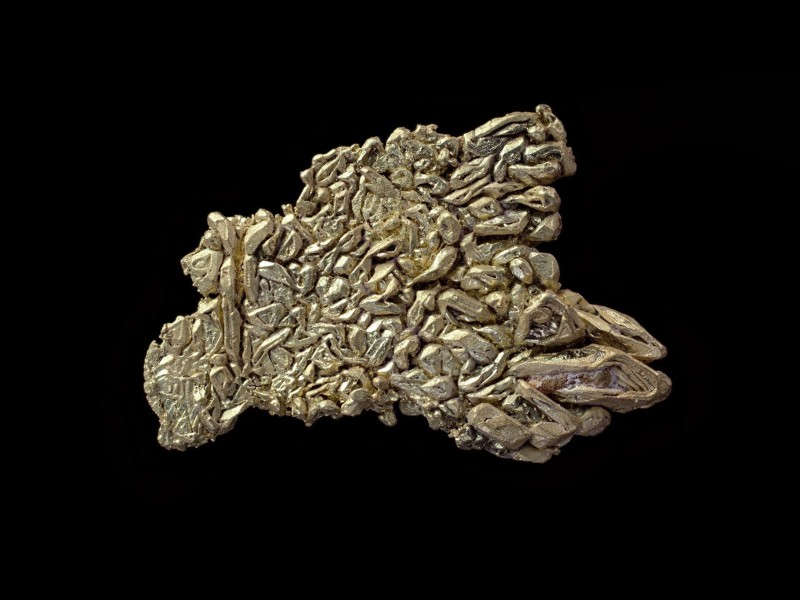
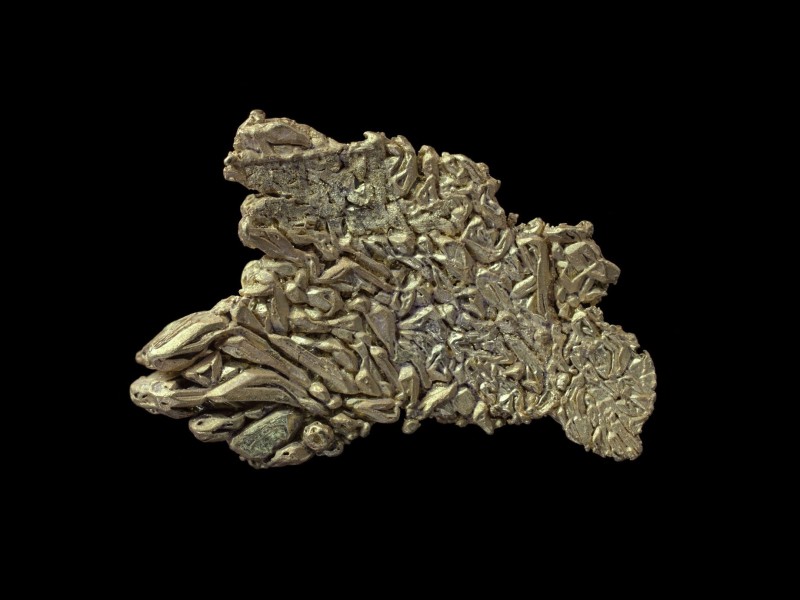
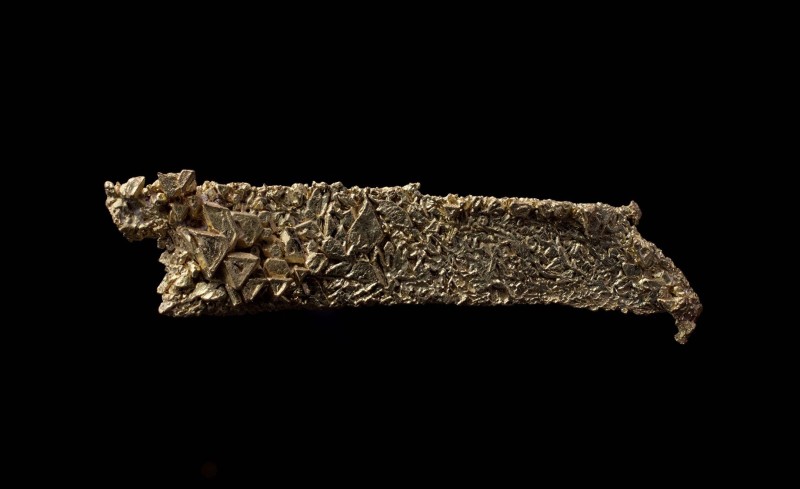
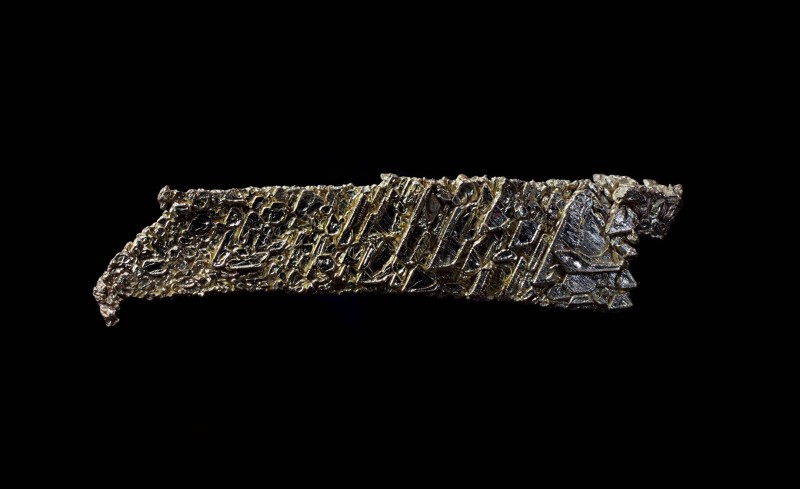
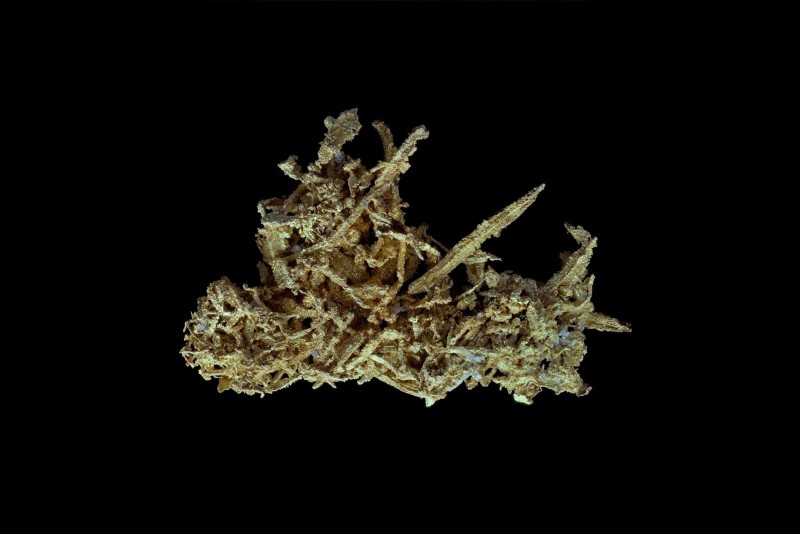
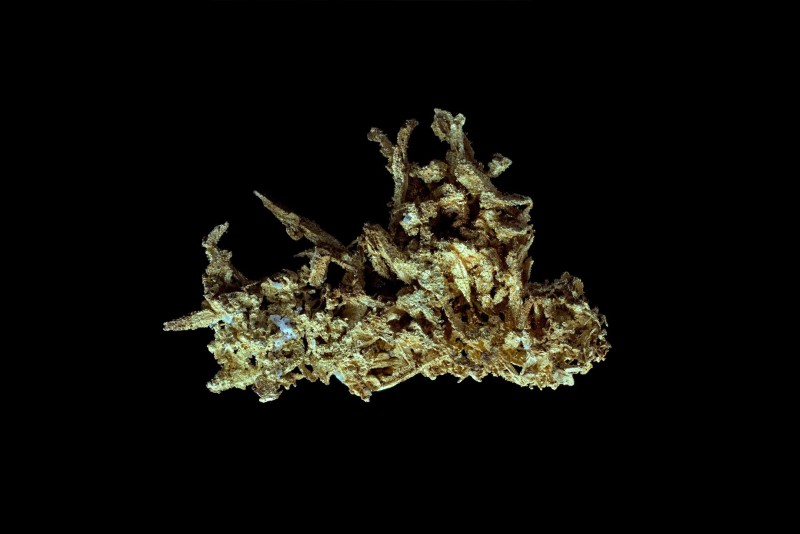
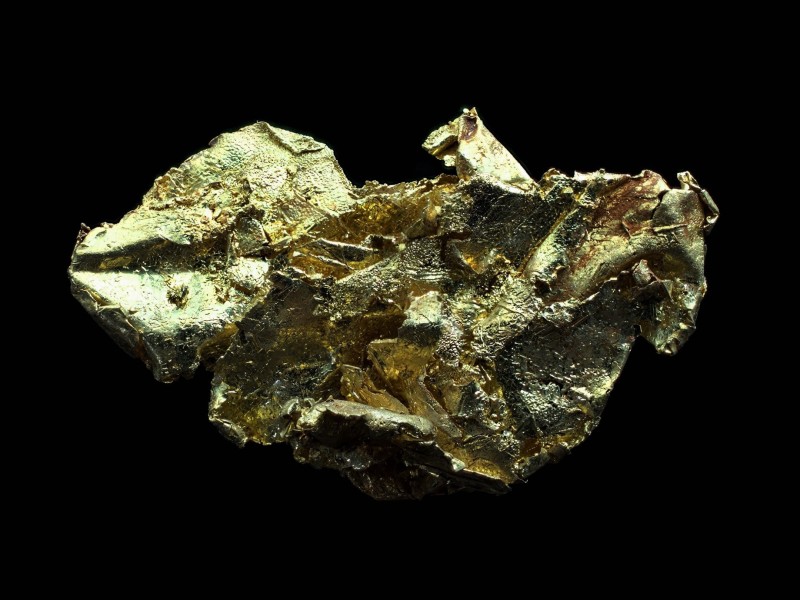
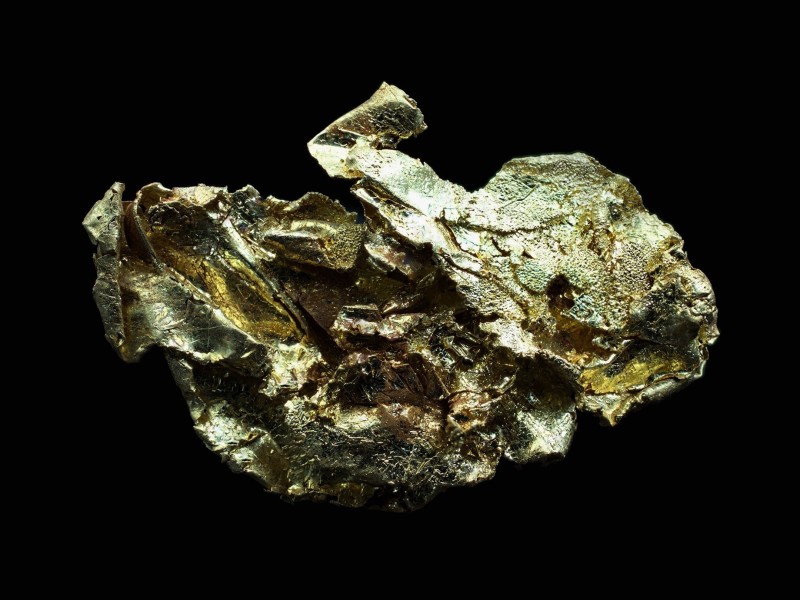
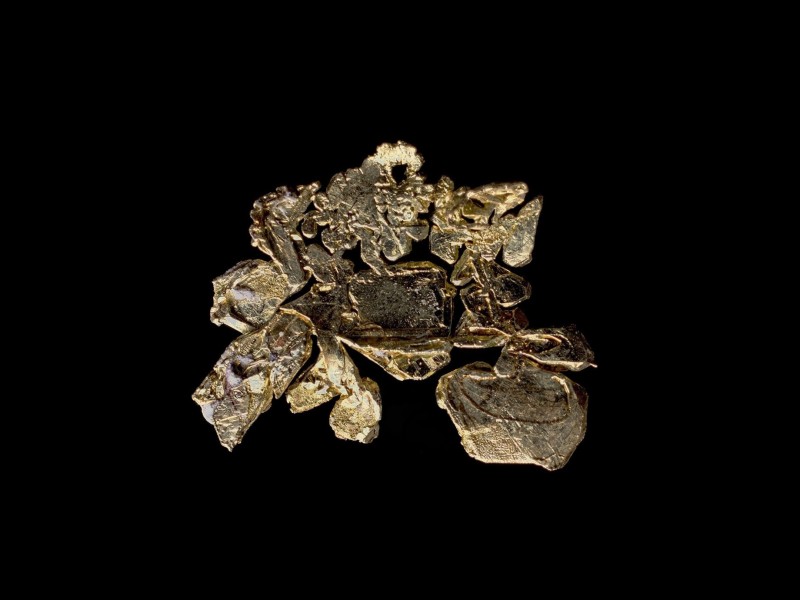
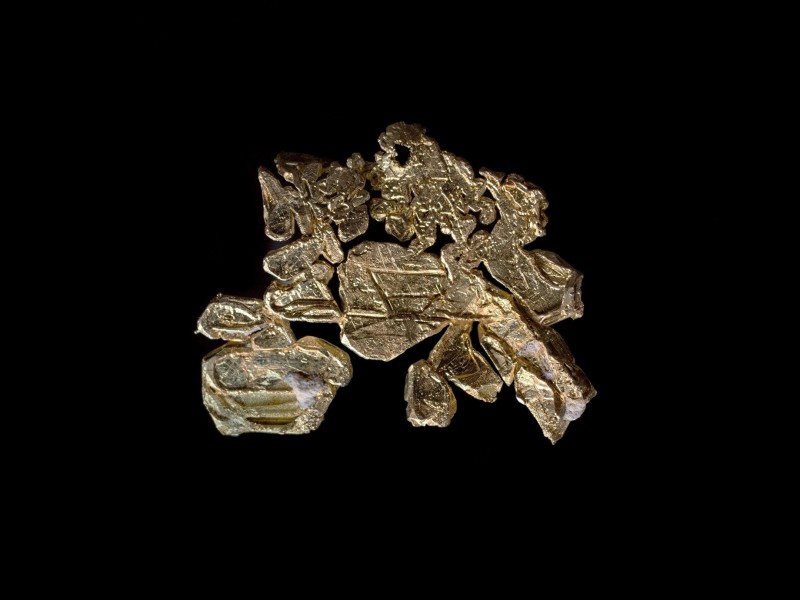
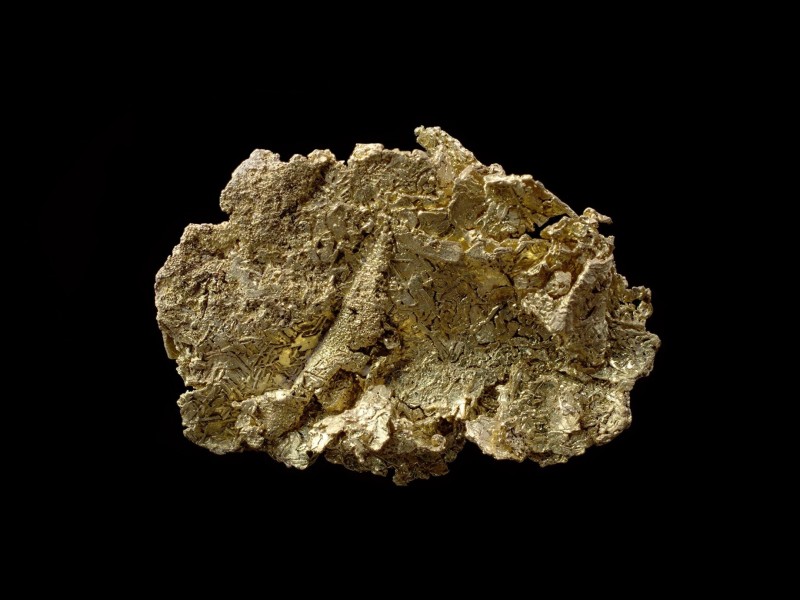
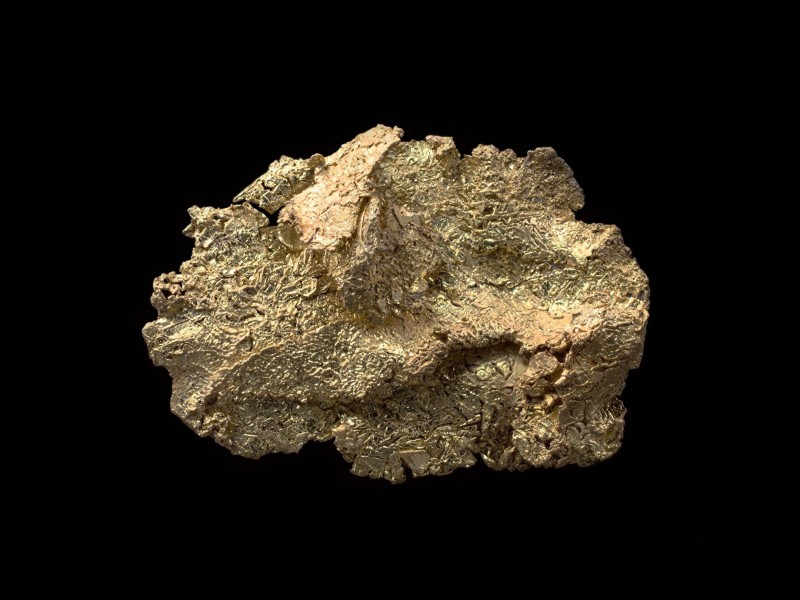
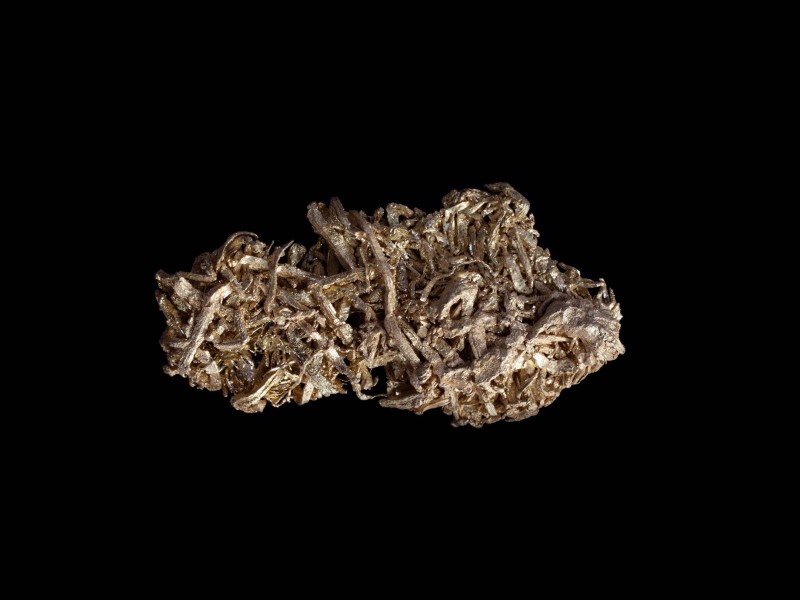
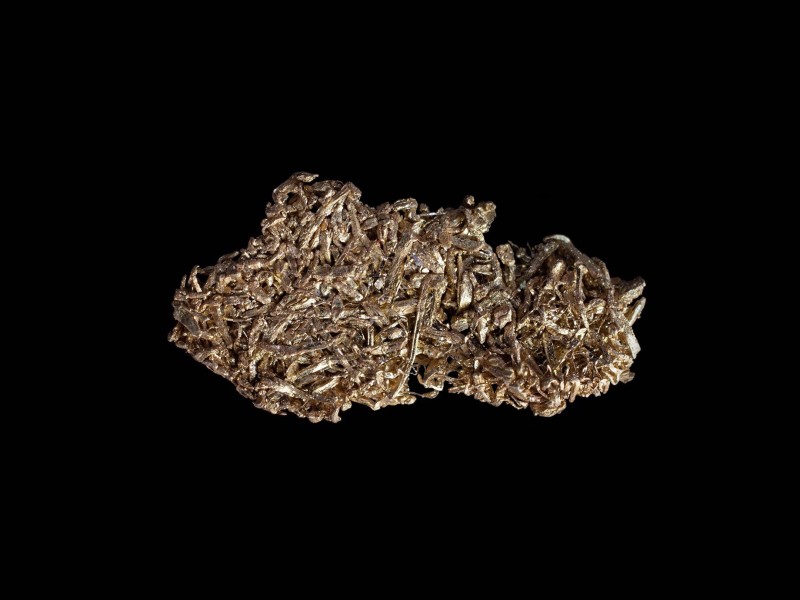
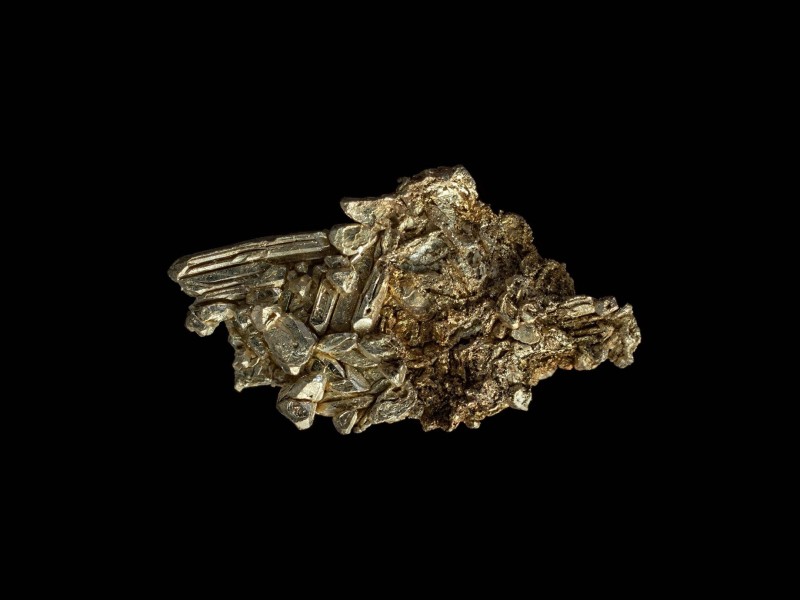
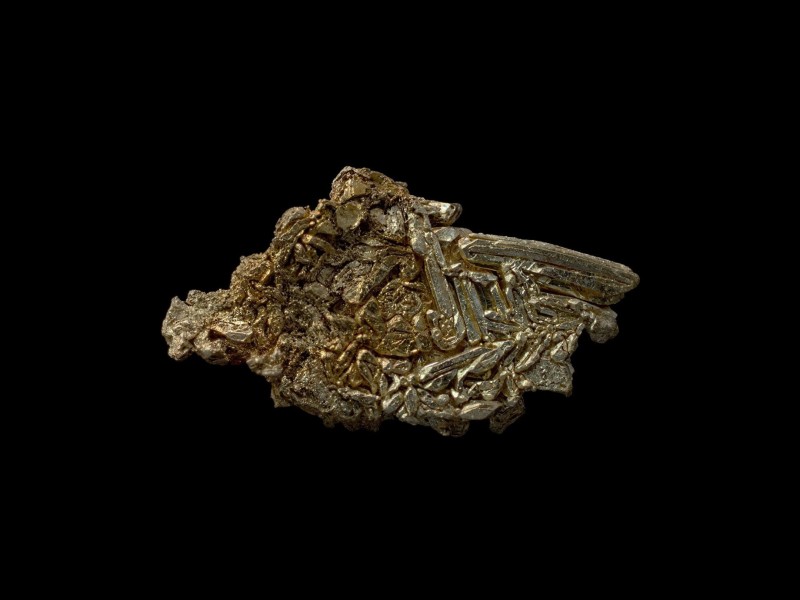
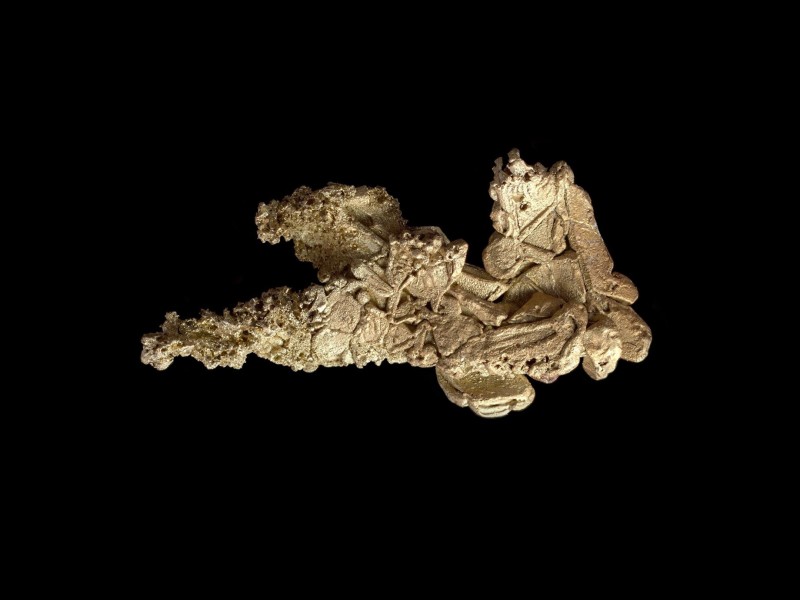
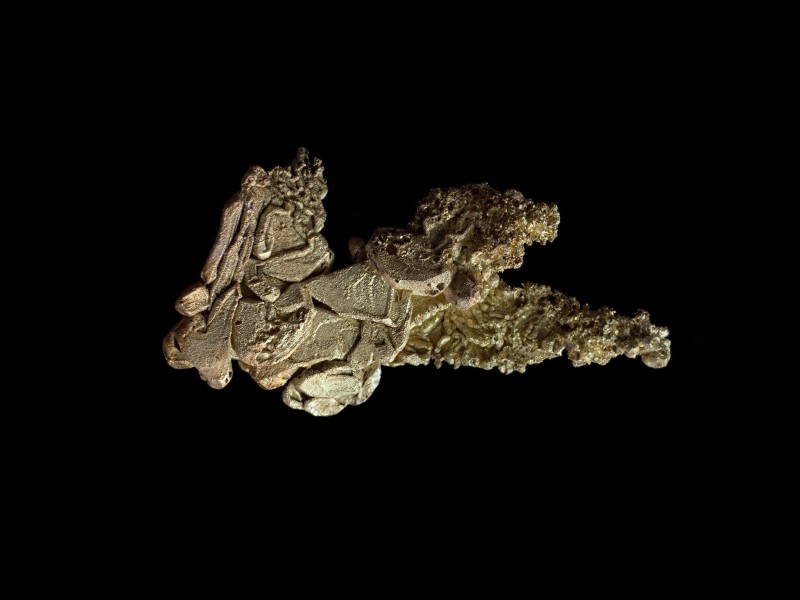
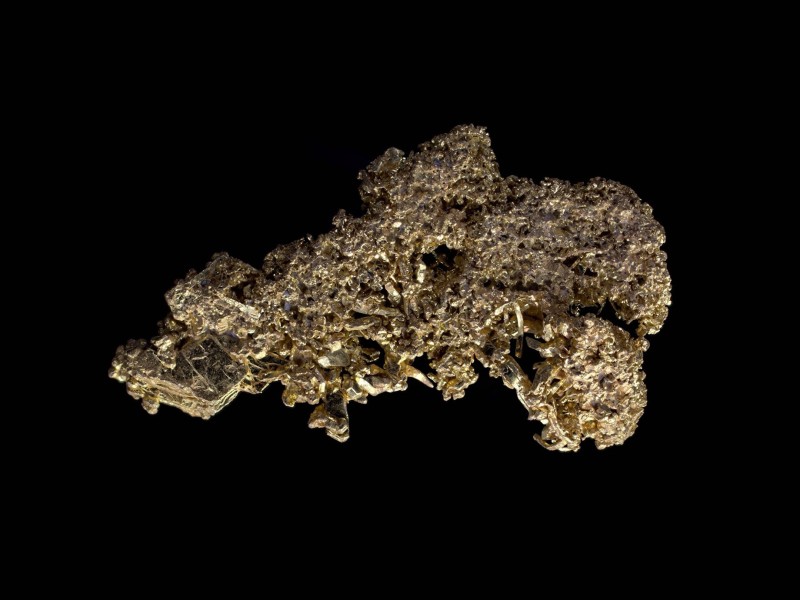
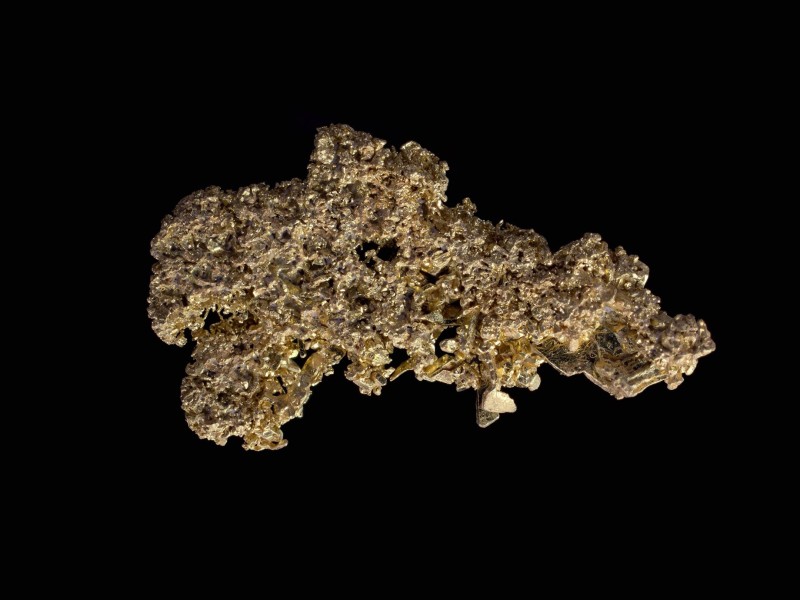
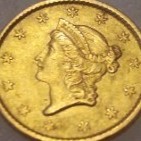
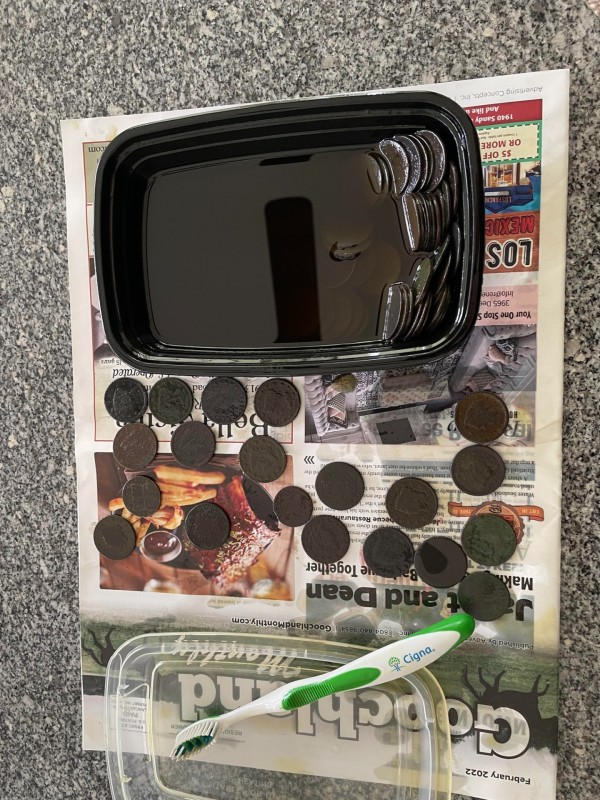
.thumb.jpg.0f0b6237c75038ff9184cce1bfbe49a0.jpg)
.thumb.jpg.4a488a4cda141edf1bb42dfe984255bd.jpg)
.thumb.jpg.44a8480de9489d9fb2ac218810e8480e.jpg)
.thumb.jpg.41f937edc43296cd9b7cd462b07c3678.jpg)
.thumb.jpg.77b7d3f4fc0beea2924cbafcc63cff80.jpg)
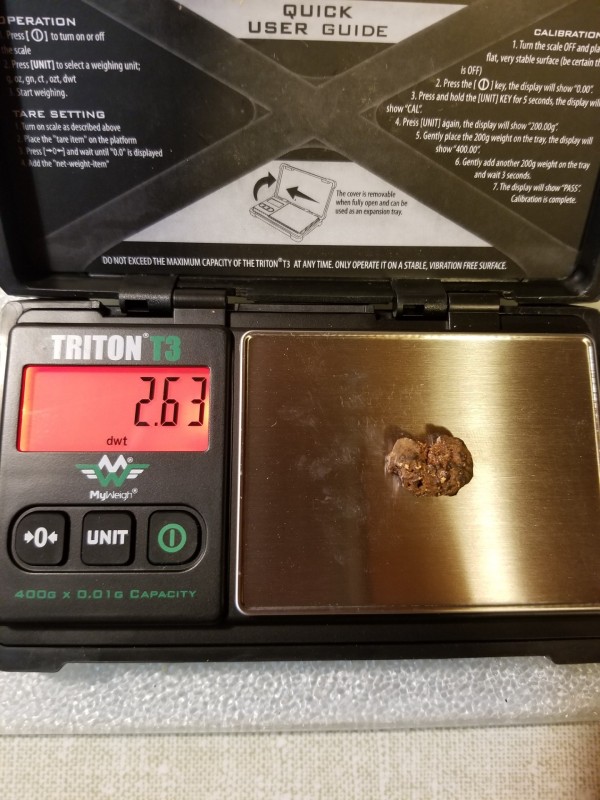
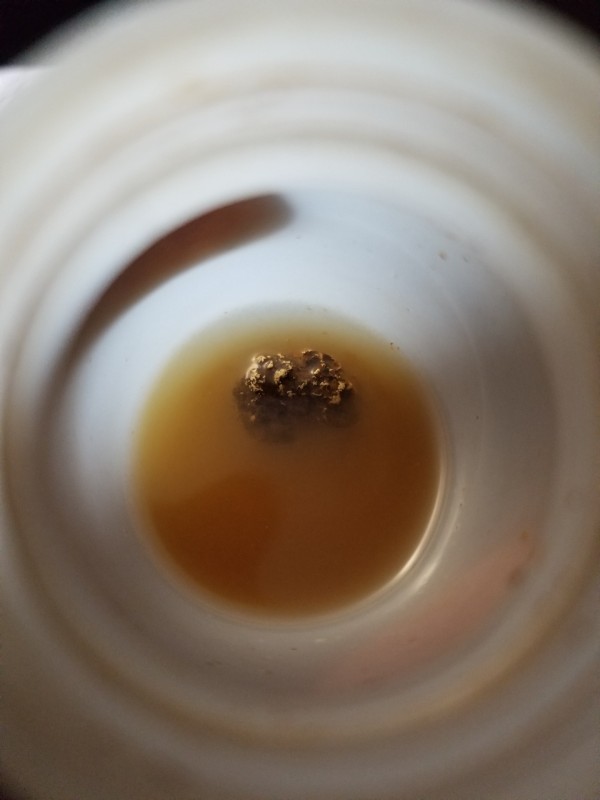



.thumb.jpg.4ab7e09831217285649ebe3c64cbd67c.jpg)
.thumb.jpg.b852b15a7fda8908bd8090b6b18e070e.jpg)
.thumb.jpg.2e27f23ba6c13be0ade094ca1d669396.jpg)
.thumb.jpg.b5b51b105a2e19bb369ebe8f2ee24c26.jpg)
.thumb.jpg.29fe3680c8c79060c7abaf0cce65a357.jpg)
.thumb.jpg.0444056cc4af46f7c8c2bf98cdf41bf0.jpg)
.thumb.jpg.16f2a148e0302933561cf0a123ed8606.jpg)
.thumb.jpg.8d92d5cb460582901123ec8edbbe181a.jpg)
.thumb.jpg.830b02bd55a4d836a75ebccf122a5623.jpg)
.thumb.jpg.99183899ad9de46122942032af71192b.jpg)
.thumb.jpg.296208af6ae0f230149ebfa3838a6052.jpg)
.thumb.jpg.96599ffd369d4756f7824b8d0e365af1.jpg)
.thumb.jpg.5fbe1562a93ede7f0aa4d975d3de776b.jpg)
.thumb.jpg.a860de354beeba14d28eeb1cad5f0a1d.jpg)
.thumb.jpg.586c3148c278f7b17760621863e393ba.jpg)
.thumb.jpg.9bfc8e3a63766bab600a94d6c2a45f5a.jpg)
.thumb.jpg.035b291198620c064ebab0e3d32aa608.jpg)
.thumb.jpg.4007adbeccaa0cc77985124cf87c5c9f.jpg)
.thumb.jpg.24de2abc31e2c3fe134375053e8b3579.jpg)
.thumb.jpg.82ad0f89f42b24097b6337eafe335821.jpg)
.thumb.jpg.e8607704ffb058b18b694002f6bb4d81.jpg)
.thumb.jpg.ca124192a6ca9ce5f69644267cbfb8ea.jpg)
.thumb.jpg.5aed2352f6af1ea0b34aea68ab41f19d.jpg)
.thumb.jpg.9712df4de61fd7cb5984df1bd97442bc.jpg)